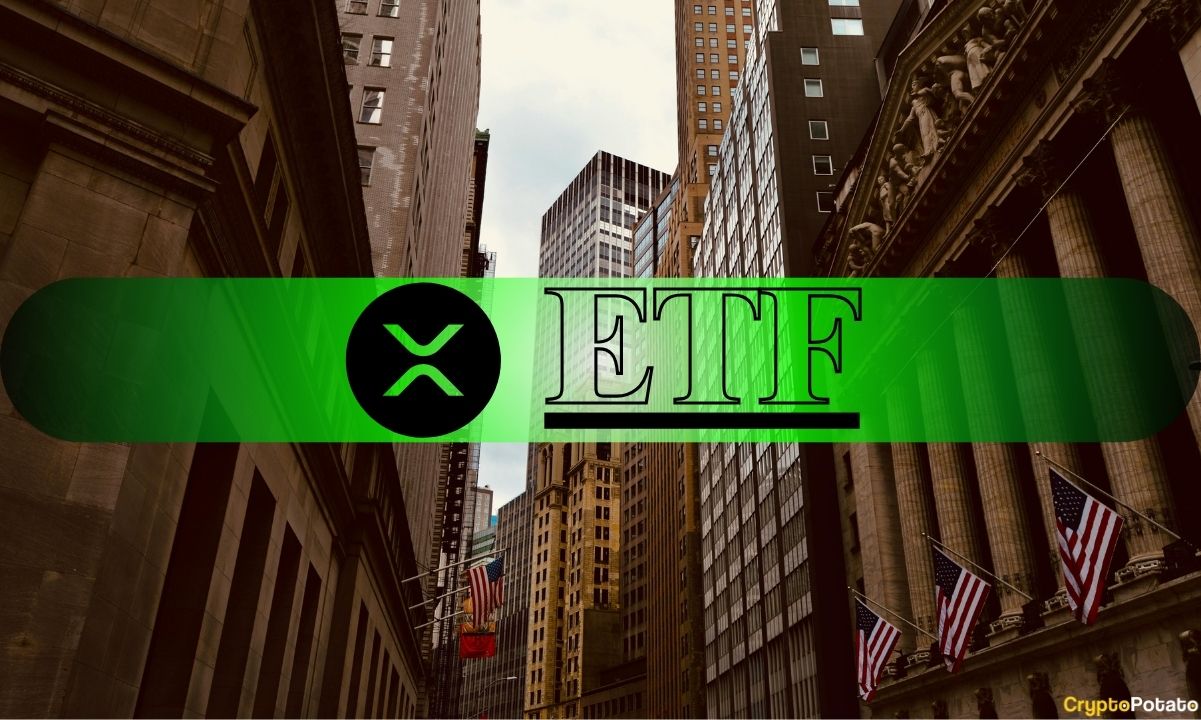In a landmark development reshaping the landscape of traditional finance and digital assets, the U.S. Office of the Comptroller of the Currency (OCC) has issued definitive guidance, effectively giving American banks the green light to fully integrate blockchain technology and cryptocurrency operations into their core services. Dated November 21, 2025, this pivotal pronouncement dissolves much of the regulatory ambiguity that has long hindered mainstream institutional engagement with the crypto economy, signaling a profound shift towards a more digitally integrated financial future.
A Pivotal Shift in Banking Regulation
For years, financial institutions have navigated a complex and often uncertain regulatory environment regarding digital assets. While individual banks experimented with blockchain-based solutions or offered limited crypto-related services, a comprehensive framework from a primary banking regulator like the OCC was conspicuously absent. This new guidance, arriving after extensive industry consultation and a period of rapid innovation in decentralized finance, offers the clarity many traditional players needed to commit significant resources to digital asset initiatives. It represents a mature recognition by federal regulators of blockchain’s transformative potential beyond speculative trading, focusing on its utility for settlement, custody, and broader financial infrastructure.
Unpacking the OCC’s New Stance
The OCC’s directive outlines a robust framework that empowers federally chartered banks and savings associations to engage with blockchain and crypto in various capacities. While the specifics of each bank’s implementation will vary based on their risk appetite and strategic goals, the guidance broadly permits:
- Operating Blockchain Nodes: Banks can run their own nodes on public or permissioned blockchain networks, actively participating in network validation and transaction processing.
- Leveraging Crypto for Settlement: The use of stablecoins or other approved cryptocurrencies for efficient, near-instantaneous interbank settlements, reducing traditional delays and costs.
- Providing Custody Services: Offering secure and regulated custody for digital assets on behalf of clients, a critical service for institutional investors seeking compliant exposure.
- Developing Blockchain-Based Products: Innovating and launching new financial products and services built directly on blockchain infrastructure, such as tokenized assets, decentralized lending platforms, or smart contract-driven financial instruments.
- Risk Management Frameworks: Mandating that banks establish comprehensive risk management protocols tailored to the unique challenges of digital assets, covering operational, cybersecurity, compliance, and liquidity risks.
This comprehensive approach ensures that while innovation is encouraged, it proceeds within a robust regulatory perimeter designed to protect consumers and maintain financial stability.
Implications for Traditional Finance and Crypto
The implications of this OCC guidance are far-reaching. For traditional finance (TradFi), it unlocks new avenues for efficiency, market expansion, and competition. Banks can now streamline back-office operations, offer novel digital asset services to their high-net-worth and institutional clients, and potentially capture a share of the rapidly growing crypto market. This could lead to a significant acceleration in the “tokenization of everything,” as assets from real estate to equities find new life on blockchain rails.
For the crypto industry, the guidance represents a powerful validation. It signifies a mature evolution from a niche, often speculative, sector to an integral part of the global financial infrastructure. Increased participation from regulated banks will likely bring greater liquidity, stability, and institutional capital into the ecosystem. However, it also raises questions about potential centralization and whether traditional financial giants might ultimately overshadow native crypto players, bringing their slower, more risk-averse operational models into a space known for its agility.
Challenges and Future Outlook
Despite the overwhelmingly positive sentiment, the path ahead is not without its hurdles. Banks will face considerable challenges in integrating complex blockchain technologies with their legacy systems, upskilling their workforce, and adapting their compliance frameworks. Cybersecurity risks, always a paramount concern in finance, are amplified in the digital asset space, requiring state-of-the-art security solutions.
Looking ahead, this OCC guidance is expected to catalyze a new wave of innovation and competition. We could see a surge in partnerships between established banks and crypto-native technology providers. Furthermore, it sets a precedent for other global regulators, potentially encouraging a harmonized approach to digital asset regulation internationally. The next few years will undoubtedly be transformative as banks move from cautious exploration to full-scale implementation, bridging the gap between traditional finance and the decentralized future.
Conclusion
The OCC’s definitive guidance marks a watershed moment for the U.S. banking sector and the broader crypto market. By providing regulatory certainty and a clear operational framework, it empowers banks to confidently embrace blockchain and digital assets, promising a future of enhanced efficiency, innovation, and mainstream adoption. While challenges remain, this move firmly positions traditional finance at the forefront of the digital revolution, ensuring that the integration of crypto into the global financial system is not a matter of ‘if,’ but ‘how quickly and comprehensively.’
The post OCC Issues Landmark Guidance: Banks Empowered to Integrate Blockchain and Crypto Operations appeared first on FXcrypto News.















 24h Most Popular
24h Most Popular

 Utilities
Utilities